URTICA
Urtica
L., Sp. Pl. ed.2: 983. 1753; Gen. Pl. 5: 1054. 1754; Boiss., Fl. Or. 4: 1146; 1869; Benth. & Hook. f., Gen. Pl. 3: 381. 1880; Hook. f., Fl. Brit. India 5: 548. 1890; Jiarui et. al., Fl. China @ eFloras.org 5: 78; Fl. North Amer. @ eFloras.org vol. 3; Fl. Pak. @ eFloras.org p. 2.
Annual or perennial herbs or subshrubs, monoecious or dioecious, armed with stinging hairs. Stems often 4-angled or ridged. Leaves opposite, petiolate; stipules often persistent, interpetiolar or lateral, free or connate; leaf blade elliptic, lanceolate, ovate or orbiculate, 3-4(-7)-veined, margin dentate or incised-lobed; cystoliths often punctiform, sometimes short botuliform. Inflorescences of cymose clusters in axillary spikes, racemes or panicles. Flowers green, minute, unisexual (plants monoecious or dioecious) or androgynous. Male Flowers: Perianth lobes 4, free, imbricate, equal. Stamens 4, opposite to tepals; pistillode cup-like. Female Flowers: Perianth lobes 4, free or connate, enlarged in fruit, enclosing achene, strongly unequal, outer 2 (lateral) smaller than inner 2 (dorsifixed-ventral). Staminodes absent. Ovary straight, unilocular with an orthotrpous ovule; stigma sessile or on short style, penicillate-capitate. Achenes straight, ovoid or oblong, compressed, enclosed by inner pair of persistent perianth; tepals nearly equal to achenes. Seed erect with scanty endosperm.
69 species
Urtica urens
Urtica urens
L., Sp. Pl. 2: 984. 1753; Fl. China @ eFloras.org 5: 79; Fl. North Amer. @ eFloras.org vol. 3.
Annual, monoecious herb. Stem erect, branched, 10-50 cm tall, 4-angled, densely armed with stinging hairs, pubescent. Leaves opposite, petiolate, petiole 1-2 cm long, pubescent, sparsely armed with stinging hairs; leaf blade broadly elliptic or elliptic-ovate, 1.2-5 cm x 0.6-2.5 cm, 5-veined from base, adaxial surface sparsely armed with stinging hairs, abaxial surface setose with occasional stinging hairs, base broadly cuneate or rounded, margin dentate, apex obtuse-rounded or acute. Stipules lateral, free, narrowly triangular, 1-1.5 mm, ciliate. Cystoliths punctiform, distinct adaxially. Inflorescences in axillary pairs; glomerules forming spikes, racemes or panicles, 0.5-1.5 cm; inflorescence bisexual with proximal female flowers and distal male flowers, male flowers fewer in number; flowers minute, green, unisexual. Male Flowers: Shortly pedicellate, ca. 1.2 mm long. Tepals 4, free, imbricate or valvate, equal, ca. 1 mm long, ovate-oblong, green. Stamens 4, opposite the tepals; filaments nearly equal to tepals, ca. 1 mm long; anthers 0.7 mm long. Pistillode cup-like. Female Flowers: Tepals 4, connate at base, strongly unequal, outer 2 (laterals) much smaller, ca. 0.5 mm long, than the inner 2 (dorso-ventral), ca. 1.5 mm x 1.3 mm, ovate to suborbiculate, margin sparsely setulose, often with one stinging hair on dorsal rib. Achenes brownish grey, ovoid, dorso-ventrally compressed, ca. 1.6 mm x 1.3 mm, verrucose, invested by +/- equal-sized persistent dorso-ventral tepals.
Common Names: Dog Nettle, Burning Nettle, Annual Nettle, Dwarf Nettle

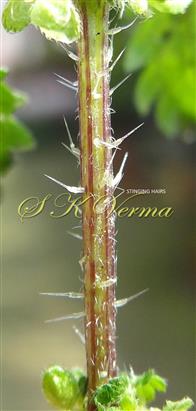
 and Inflorescence in Axillary pairs-DSC00143 - Copy.jpg)
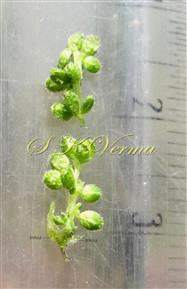
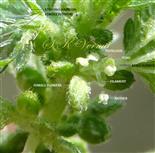




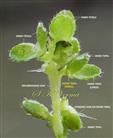
-DSC00143C.jpg)


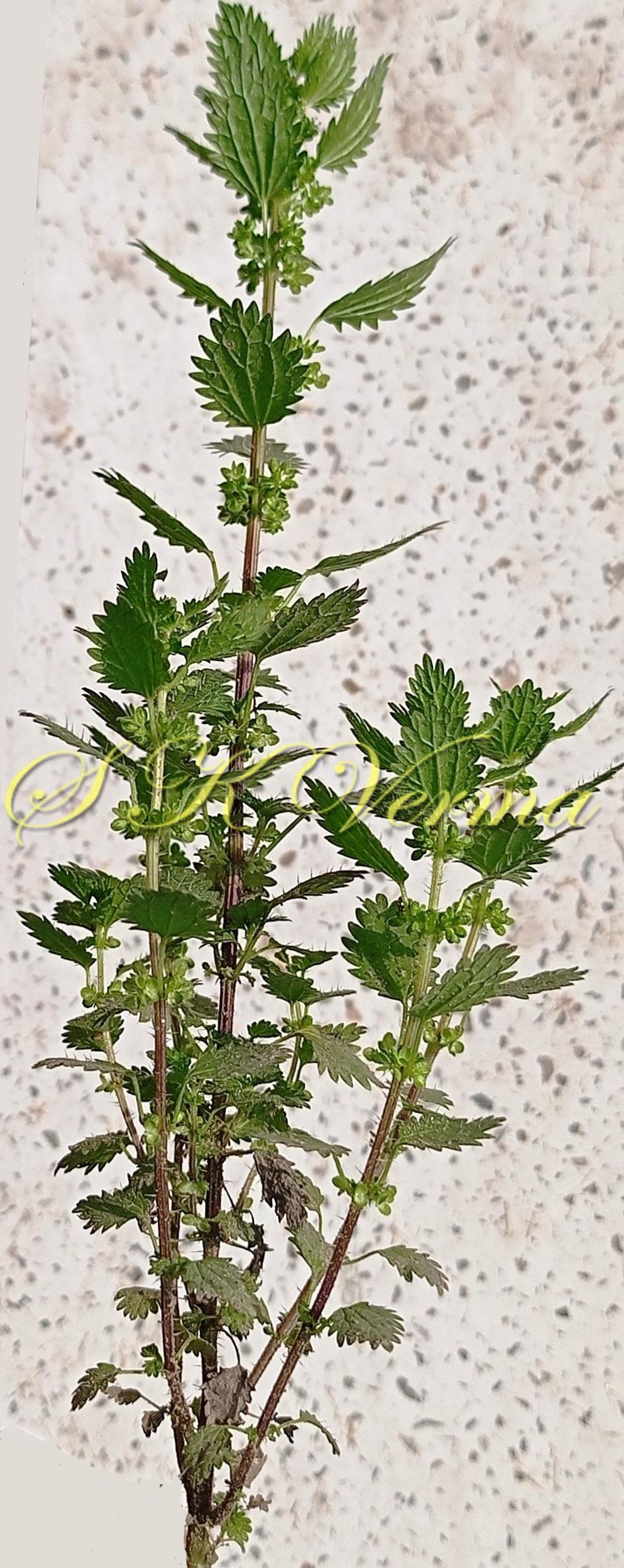

 and Inflorescence in Axillary pairs-DSC00143 - Copy.jpg)


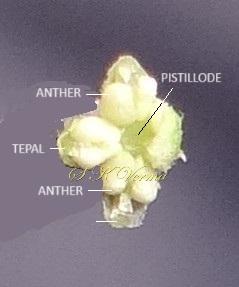
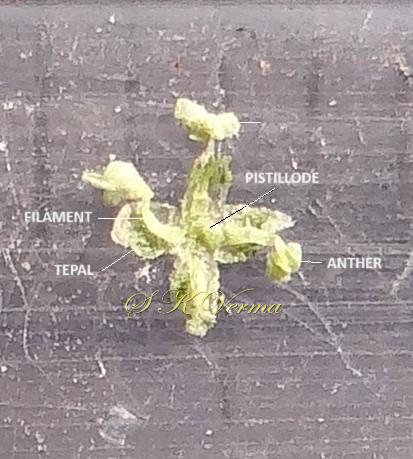

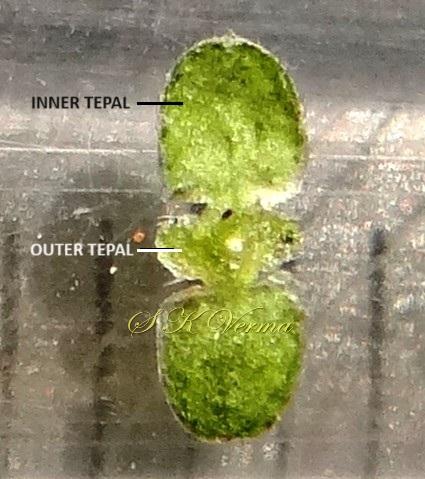

-DSC00143C.jpg)
